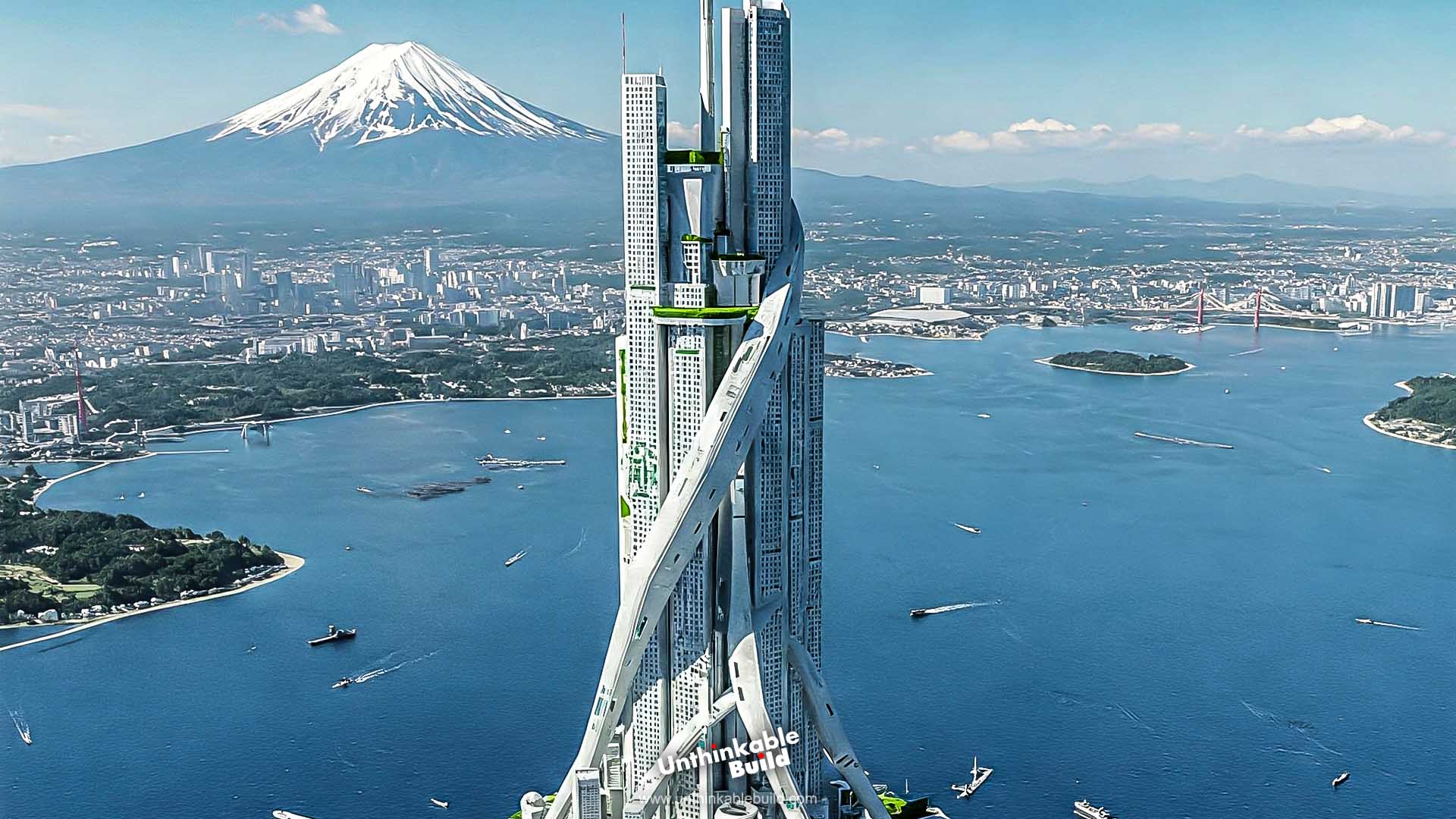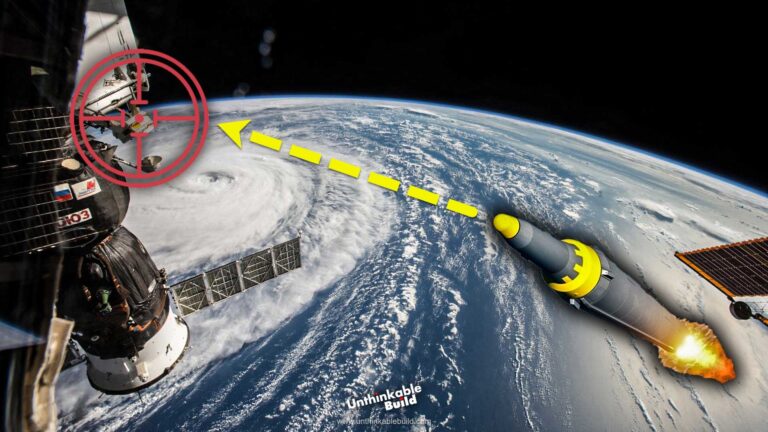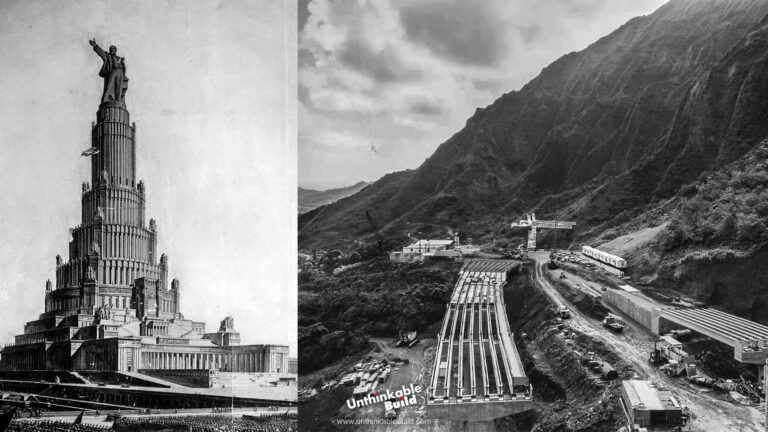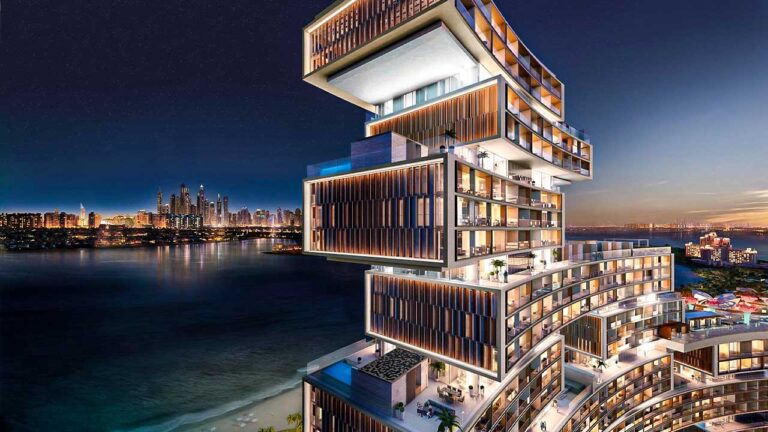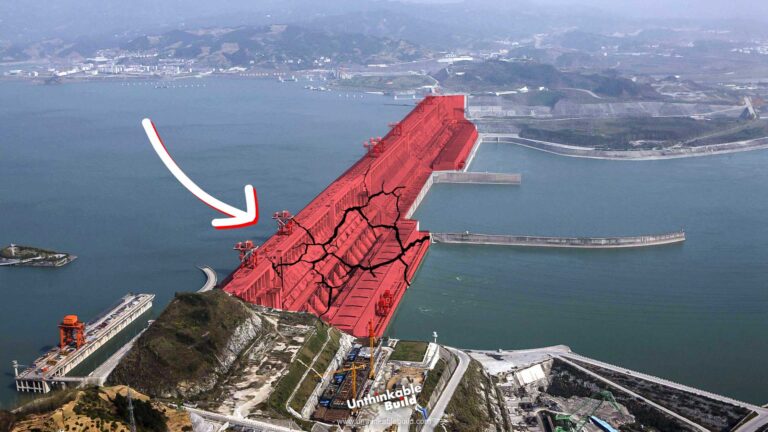Why These Mega Cities Were Never Built?
Human ambition has always driven us to dream big—to imagine a future that breaks the confines of what we thought was possible. What would the world look like if we could build cities in the sky, monuments that defy gravity, or floating metropolises that roam the oceans? Throughout history, some of the most extraordinary ideas have emerged from this desire to push boundaries. Yet, many of these grand visions remain unfinished, caught between the spark of creativity and the cold reality of engineering, economics, and politics.
What fascinates us about these unfinished dreams isn’t just their scale, but the stories behind them. Each project reflects the hopes and spirit of its time—whether it’s technological optimism, political ambition, or a shared vision to leave a lasting impact. Do you ever wonder what might have happened if these grand visions had been realized? Even though they may never have reached completion, their legacy continues to fuel our imagination and inspire us to think beyond the present.
Also Read: $4.5 Billion Gamble: Will Mphanda Nkuwa Mega-Dam Power Africa’s Future?
So, let’s dive into the world’s most ambitious unfinished projects. What lessons can we learn from them, and how might they shape the future?
X-Seed 4000, Japan
Imagine a skyscraper so tall it dwarfs Mount Fuji. That was the vision behind the X-Seed 4000, a self-contained city designed to house a million people. Conceived in 1995 by Japan’s Taisei Corporation, this 4,000-meter-tall marvel would have stretched 6 kilometers at its base and soared 800 floors into the sky. Inside, magnetic levitation trains would zip residents between floors, while solar power and green spaces would make it a model of sustainability.
But here’s the catch: building such a structure would have cost an estimated $1.7 trillion. Add to that the engineering challenges of managing air pressure, weather, and seismic activity in the Pacific Ring of Fire, and it’s easy to see why the X-Seed 4000 remained a concept. Yet, it continues to inspire architects and dreamers alike. Could we ever reach a point where something like this is feasible, or is it simply too ambitious for our time?
The Illinois, USA
Frank Lloyd Wright’s vision for “The Illinois” was equally groundbreaking. Imagine a skyscraper 1,609 meters tall—nearly twice the height of the Burj Khalifa. Wright envisioned it as a “city within a building,” complete with offices, homes, hotels, and even parks. The design featured a tripod-like structure for stability and 76 elevators to whisk people between floors.
But like the X-Seed 4000, The Illinois faced insurmountable challenges. The technology and materials needed to build it didn’t exist at the time, and the cost was astronomical. Still, Wright’s vision influenced modern skyscrapers and remains a testament to the power of creative thinking. If you could design a skyscraper today, what would it look like?
Palace of the Soviets, USSR
The Palace of the Soviets was more than a building—it was a symbol of Soviet ambition. Designed to rise 416 meters above Moscow, it would have been the tallest structure in the world, crowned by a 100-meter statue of Lenin. Construction began in the 1930s, but World War II halted progress, and the project was eventually abandoned.
What’s fascinating is how the site evolved. Instead of a towering monument, it became an open-air swimming pool, and later, the Cathedral of Christ the Saviour was rebuilt there. The Palace of the Soviets remains a powerful reminder of how even the grandest dreams can be reshaped by history.
Volkshalle, Germany
Adolf Hitler’s vision for the Volkshalle was equally grandiose. Designed to be the centerpiece of “World Capital Germania,” this 290-meter-tall hall would have accommodated 180,000 people under a massive dome. Inspired by the Roman Pantheon, it was meant to symbolize Nazi power. But like so many of Hitler’s plans, it was never built. The Volkshalle stands as a stark reminder of the dangers of unchecked ambition.
Cenotaph for Sir Isaac Newton, France
Etienne-Louis Boullee’s design for a cenotaph honoring Isaac Newton was a masterpiece of imagination. A 150-meter sphere, perforated with tiny holes to mimic a starry sky, would have housed a central lamp symbolizing the sun. Though never built, it remains a symbol of the Enlightenment’s ideals.
The Cloud, Dubai
Imagine a floating city 300 meters above Dubai, powered by solar energy and filled with green spaces. The Cloud was a visionary concept, but the technology and funding needed to bring it to life were beyond reach. Still, it sparks an intriguing question: Could floating cities become a reality in the future?
The Freedom Ship
This 1,800-meter-long floating city was designed to house 50,000 residents and circumnavigate the globe. But with an estimated cost of $11 billion, it remains a dream. Could advancements in technology and engineering make it possible someday?
Aerotropolis
An airport-centered city might sound futuristic, but it’s already taking shape in places like Dubai and Dallas-Fort Worth. By integrating businesses, homes, and logistics around an airport, the Aerotropolis model promises efficiency and economic growth. But is it sustainable in the long term?
Dubailand, UAE
Dubailand was envisioned as the ultimate entertainment hub, spanning 278 square kilometers and costing $64.3 billion. Though delayed by the 2008 financial crisis, parts of the project have been completed, offering a glimpse of what could have been.
Also Read: China’s Thorium Reactor: A Nuclear Game-Changer?
Sagrada Família, Spain
Antoni Gaudi’s masterpiece has been under construction for over a century. With its organic shapes and stunning facades, it’s a testament to the enduring power of human creativity. Scheduled for completion in 2026, it continues to inspire millions.
Conclusion
These unfinished dreams remind us that human ambition knows no bounds. While many of these projects faced insurmountable challenges, their legacy lives on, inspiring future generations to dream bigger and push further.
So, what do you think? Could any of these visions be brought to life today with our advanced technology? Which one would you like to see completed?

